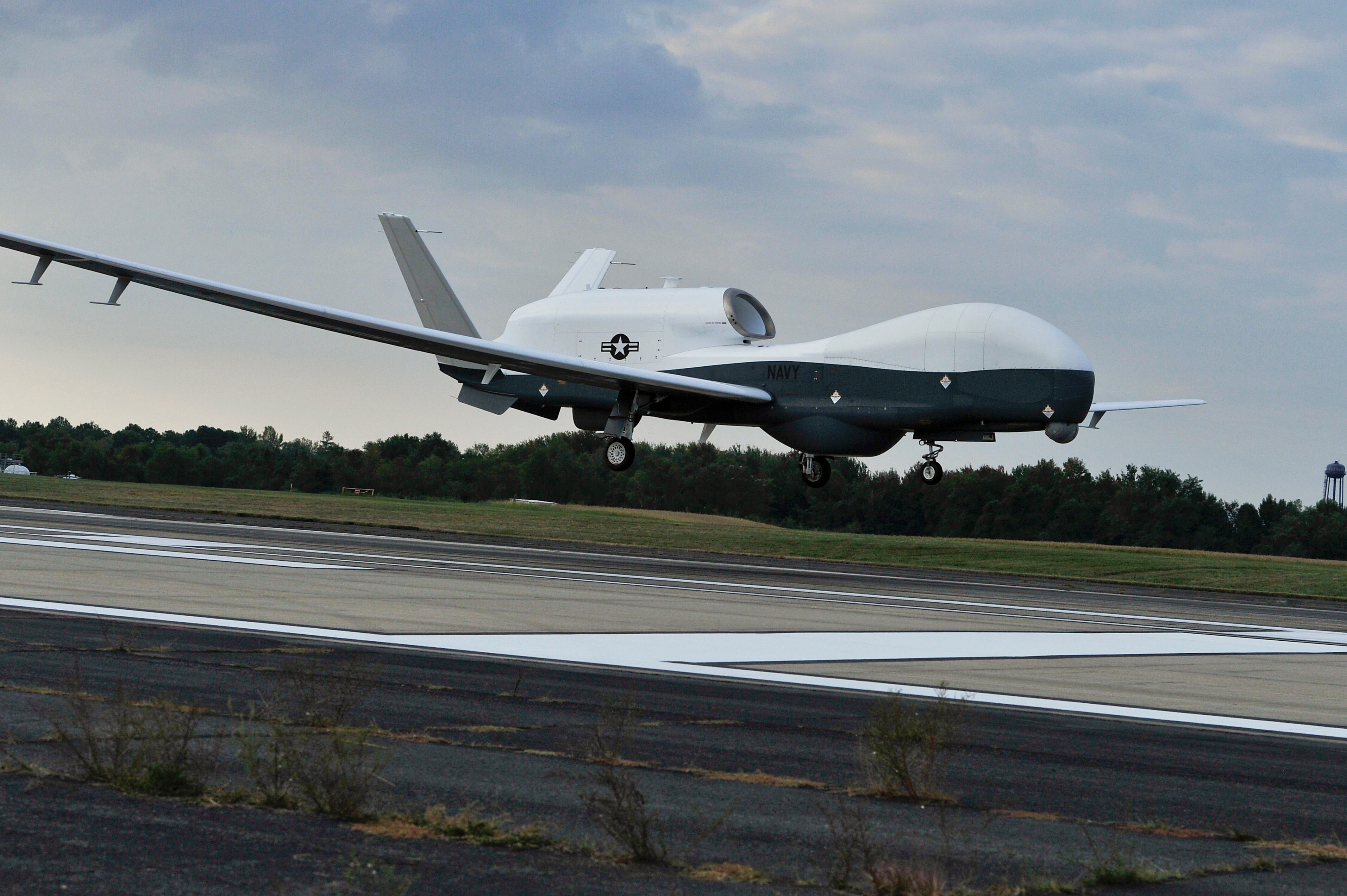MELBOURNE, Australia — The Japan Maritime Self-Defense Force on Thursday welcomed into service its first submarine using lithium-ion batteries with the commissioning of the 11th Soryu-class boat.
In a ceremony held at the Mitsubishi Heavy Industries shipyard in the city of Kobe, officials welcomed the diesel-electric attack submarine Ouryu into service, where it will be assigned to the 1st Submarine Flotilla in the nearby port of Kure.
The Ouryu is the sixth Soryu-class boat to be built by MHI, with Kawasaki Heavy Industries having built five more and building the 12th and last such submarine ordered by Japan. The Ouryu was launched in October 2018.
Both Ouryu and the last boat in its class, which will be christened the Toryu, will be slightly different from the earlier boats in the class, as they’ll use lithium-ion batteries manufactured by GS Yuasa in lieu of Stirling-cycle engines that recharge traditional lead-acid batteries for submerged operations.
Speaking during a 2017 presentation in Singapore, former head of the Japan Maritime Self-Defense Force’s submarine fleet Vice Adm. Masao Kobayashi said the batteries used in the Ouryu and Toryu are lithium nickel cobalt aluminum oxide, or NCA, batteries. He said the technology requires less maintenance and is capable of longer endurance at high speeds while submerged compared to lead-acid batteries.
Other advantages cited by Kobayashi include shorter charging time and longer life spans. The latter factor would mean that fewer battery changes are required over the life of the submarine.
RELATED

However, he conceded that this is offset by higher acquisition costs due to the new technology, with the Ouryu costing the equivalent of $608 million when contracted compared to the $488 million cost of building the 10th Soryu-class boat.
Japan introduced lithium-ion batteries into its submarines after a lengthy development and testing period, which started as far back as 2002. Extensive testing starting in 2006.
The Soryu class displaces 2,900 tons surfaced and 4,200 tons submerged, measuring just less than 275 feet in length. Its top speed is 13 knots on the surface and 20 knots submerged. Each boat has a crew of 65, is equipped with six torpedo tubes, and can carry up to 30 21-inch heavyweight torpedoes, Harpoon anti-ship missiles or mines.
Following the Soryus, Japan will introduce a new class of submarines, which is currently known only as the 29SS, named for Heisei 29, or the 29th year of former Emperor Akihito’s reign, which corresponds to the year 2017 in the Gregorian calendar.
Mike Yeo is the Asia correspondent for Defense News.








